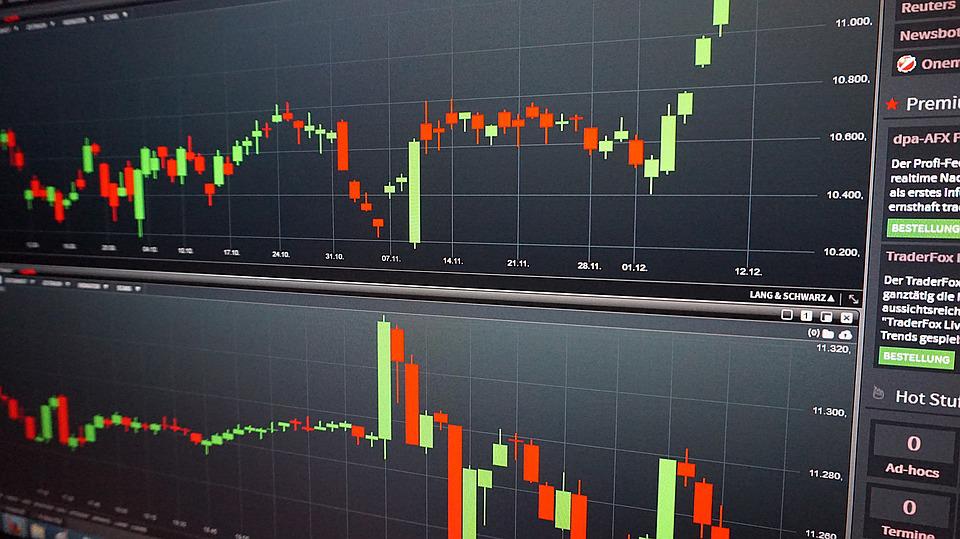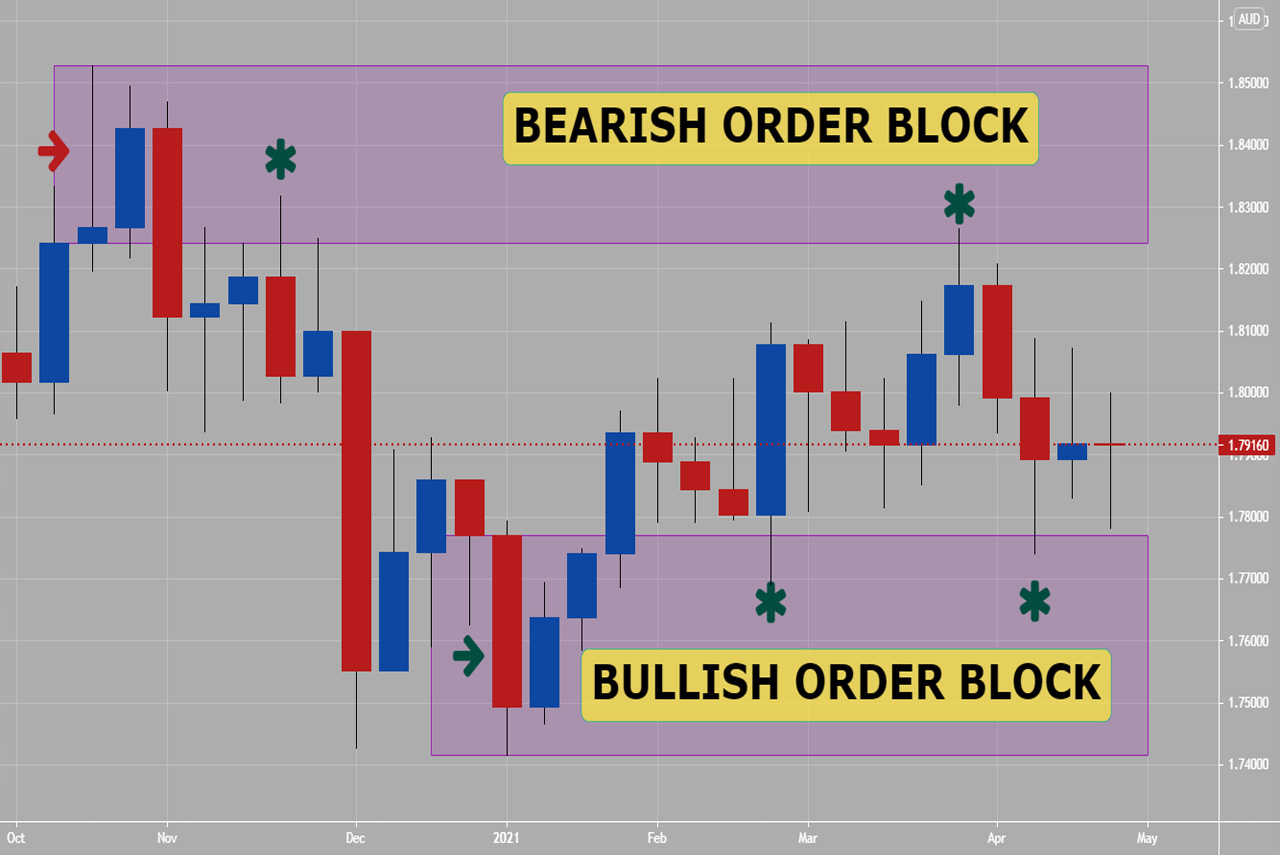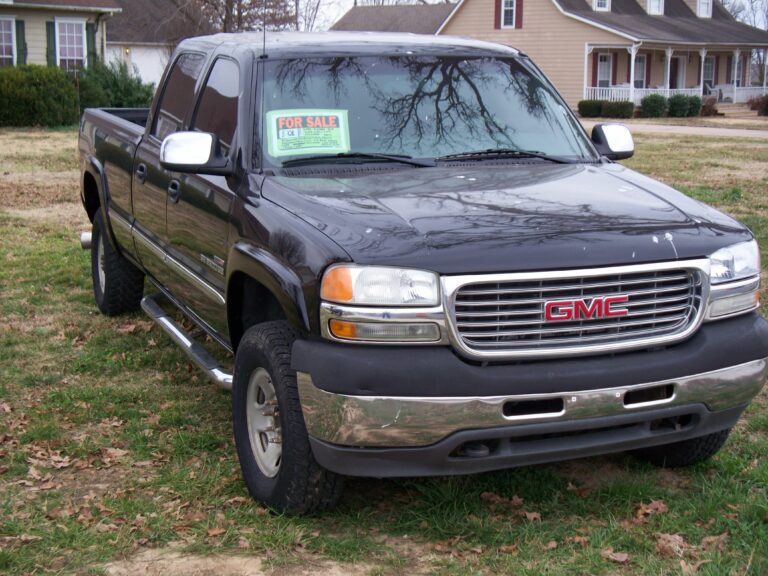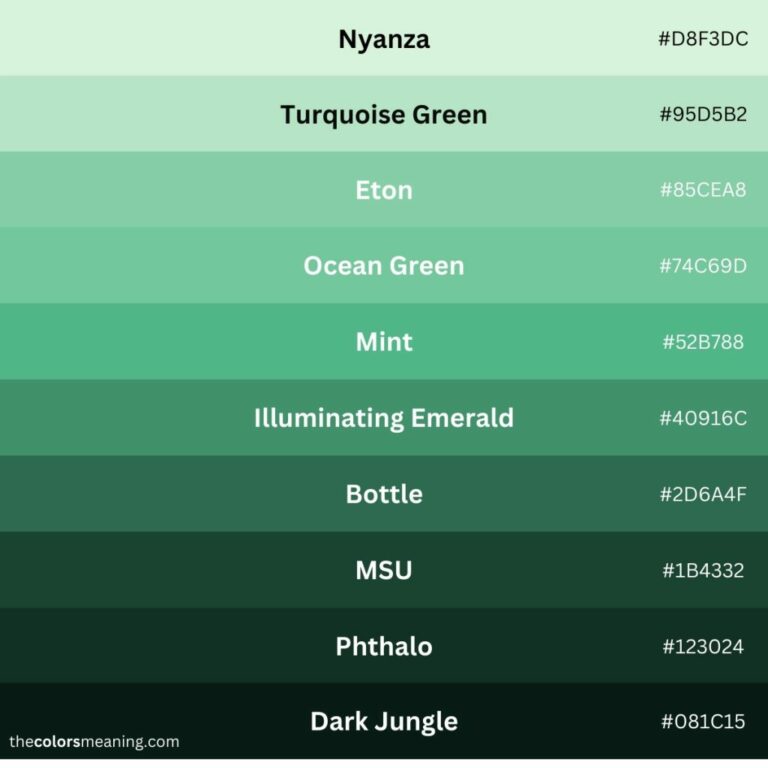Trading In A Brand New Car: Navigating the Unexpected Shift
Trading In A Brand New Car: Navigating the Unexpected Shift cars.truckstrend.com
The intoxicating scent of a new car, the pristine paintwork, the latest technology – there’s nothing quite like driving a brand new vehicle off the lot. It represents freedom, progress, and often, a significant financial commitment. Yet, for a surprising number of individuals, the honeymoon period is short-lived, leading them to contemplate an unexpected decision: trading in a car that is, by all accounts, still "brand new."
This isn’t about trading in an old, worn-out vehicle for an upgrade. This article delves into the unique complexities, challenges, and occasional justifications for trading in a car that might be less than a year or two old, with minimal mileage. It’s a situation fraught with financial implications, primarily due to rapid depreciation, but understanding the landscape can help navigate this often-regrettable, yet sometimes necessary, decision with greater clarity and less financial pain.
Trading In A Brand New Car: Navigating the Unexpected Shift
The Anatomy of a "Brand New" Trade-In
When we talk about trading in a "brand new" car, we’re typically referring to a vehicle purchased within the last 6 to 24 months, usually with less than 20,000 miles on the odometer. It’s a car that still smells new, often retains most of its factory warranty, and has likely only had its first or second oil change.
The primary driver behind such an early trade-in is rarely about the car reaching the end of its useful life. Instead, it stems from a confluence of factors, ranging from buyer’s remorse and changing personal circumstances to unforeseen mechanical issues. Regardless of the reason, the core financial challenge lies in depreciation, the silent killer of car value, which is most aggressive in the first year of ownership.
Understanding Depreciation: The Elephant in the Room
Depreciation is the decline in a vehicle’s value over time due to factors like age, mileage, wear and tear, and market demand. While it affects all cars, its impact is most profound on new vehicles.
- Immediate Drop: A significant portion of a new car’s value is lost the moment it’s driven off the dealership lot. Some estimates suggest a 10-20% drop within the first minute of ownership.
- First Year Slump: By the end of the first year, a new car can lose anywhere from 20% to 30% of its original value. This rapid decline is due to the transition from "new" to "used" status and the availability of newer models.
- Subsequent Years: While depreciation continues, it typically slows down after the first year, often settling at a rate of 15-20% per year for the next few years.

This aggressive initial depreciation means that if you bought a $30,000 car and decide to trade it in after just six months, its market value might already be down to $24,000 or even $21,000. If you financed the car, you’re almost certainly facing negative equity, meaning you owe more on the car loan than the car is currently worth. This is the biggest hurdle to overcome when trading in a brand new vehicle.
Reasons for Trading In So Soon
While financially challenging, there are legitimate reasons why someone might consider trading in a practically new car:

- Buyer’s Remorse/Wrong Fit: The most common reason. What seemed perfect on the test drive turns out to be uncomfortable, too small for a growing family, too large for city parking, or simply doesn’t meet daily needs as anticipated. The technology might be confusing, or the fuel economy not as promised.
- Lifestyle Changes: A new job might require a longer commute, necessitating a more fuel-efficient vehicle, or perhaps a job change means needing a larger vehicle for work tools. A new baby might demand a minivan or SUV when a compact sedan was sufficient before. Moving to a different climate might warrant an AWD vehicle.
- Financial Shifts: An unexpected financial windfall might prompt a desire for a more luxurious vehicle, or conversely, a job loss or significant expense might necessitate downgrading to a more affordable car with lower monthly payments.
- Unforeseen Issues: While rare, a new car can sometimes be a "lemon," plagued by persistent mechanical problems that the dealership struggles to fix. While lemon laws exist, they can be complex and time-consuming, and some owners simply want to cut their losses and move on.
- Simply Wanting Something Else: Sometimes, it’s just the allure of a newer model, a different brand, or a sudden change of heart about what they truly want in a vehicle. This is often the most financially detrimental reason, as it’s purely discretionary.

The Process of Trading In a Brand New Car
If you find yourself in the position of needing or wanting to trade in a brand new car, here’s a structured approach:
Step 1: Assess Your Current Financial Situation
- Determine Your Loan Balance: Get the exact payoff amount from your lender. This is crucial for calculating negative equity.
- Research Current Market Value: Use reputable sources like Kelley Blue Book (KBB), Edmunds, and NADA Guides to get a realistic estimate of your car’s trade-in value and private party sale value. Be honest about its condition.
- Calculate Potential Negative Equity: Subtract the estimated trade-in value from your loan payoff amount. This figure represents the amount you’d need to pay out of pocket or roll into a new loan.
Step 2: Prepare Your Car for Valuation
- Clean and Detail: A thoroughly clean car, inside and out, presents better and suggests it’s been well-maintained.
- Address Minor Issues: Fix small dents, scratches, or replace missing items like floor mats or hubcaps. Ensure all dashboard warning lights are off.
- Gather Documentation: Have all service records, the owner’s manual, all sets of keys, and the car’s title or loan information ready.
Step 3: Explore Your Options
- Dealership Trade-In: This is the most convenient option. The dealership handles the paperwork and the payoff of your old loan. However, you often get less for your car than selling privately, as the dealer needs to make a profit. Negotiate the trade-in value separately from the new car’s price.
- Sell Privately: This usually yields the highest return, as you cut out the middleman. However, it requires significant effort: advertising, showing the car, dealing with potential buyers, and handling all the paperwork, including the loan payoff. This can be complex with negative equity.
- Third-Party Buyers: Companies like CarMax, Carvana, and online platforms offer quick cash offers. While often more than a dealership trade-in, they may still be less than a private sale. They offer a good balance of convenience and value.
Step 4: Negotiate Wisely
- Separate Negotiations: If trading in at a dealership, insist on negotiating the price of the new car and the trade-in value of your old car as separate transactions. Dealers often try to bundle them, which can obscure whether you’re getting a good deal on either.
- Be Informed: Know your car’s market value and your loan payoff. Don’t let the dealer dictate the terms.
- Shop Around: Get trade-in offers from multiple dealerships and third-party buyers. Use these offers as leverage.
Step 5: Handle Negative Equity
- Pay Out of Pocket: If you have the funds, paying off the negative equity directly is the most financially prudent choice.
- Roll into New Loan: This is common but comes with significant drawbacks. The negative equity from your old car is added to the principal of your new car loan, increasing your monthly payments and the total interest paid. It also means you start your new car ownership with negative equity, making future trade-ins even harder.
Important Considerations and Potential Challenges
- The Negative Equity Trap: This is the biggest obstacle. Rolling negative equity repeatedly can lead to a cycle of ever-increasing debt and higher monthly payments, trapping you in a perpetual state of owing more than your car is worth.
- Impact on Credit: Taking on a new loan, especially a larger one due to rolled-over negative equity, will impact your debt-to-income ratio. While making timely payments can help your credit, taking on more debt always carries a risk.
- Warranty and Features: Remember that you’re effectively paying a premium for the "newness" that you’re giving up, including the full factory warranty and possibly features that you liked.
- Tax Implications: Some states offer sales tax savings when you trade in a vehicle, as the trade-in value is deducted from the new car’s price before sales tax is calculated. This can slightly offset the depreciation loss.
- Emotional vs. Financial Decisions: It’s easy to let buyer’s remorse or the desire for something new override sound financial judgment. Carefully weigh the emotional satisfaction against the financial cost.
Tips for Maximizing Your Trade-In Value
While the inherent depreciation on a new car is unavoidable, you can still take steps to maximize the offer you receive:
- Keep Meticulous Records: Have all service records, especially for factory-recommended maintenance. This proves the car has been well-cared for.
- Professional Detail: A clean car looks better and suggests responsible ownership. Consider a professional detail service.
- Address Minor Cosmetic Issues: Small dents, scratches, or faded trim can significantly reduce value. Get professional estimates for repairs – sometimes it’s worth fixing them if the repair cost is less than the perceived reduction in trade-in value.
- Have All Accessories: Ensure all keys, remotes, owner’s manuals, and original accessories (like cargo nets or floor mats) are present.
- Ensure Mechanical Soundness: Address any dashboard warning lights or minor mechanical issues. A dealer will factor these into their appraisal.
- Timing: While less impactful for a truly "new" car, general tips like trading in at the end of the month or quarter when dealers are trying to meet sales targets can sometimes lead to slightly better offers.
- Know Your Numbers Cold: Be firm on what you believe your car is worth and what you are willing to accept.
Alternatives to Trading In So Soon
Before committing to a potentially costly trade-in, consider these alternatives:
- Keep the Car Longer: The most financially sound option. The steepest depreciation occurs in the first year. Holding onto the car for 3-5 years allows its value to stabilize and you to pay down a significant portion of the loan, mitigating negative equity.
- Refinance Your Current Loan: If high monthly payments are the issue, explore refinancing your current car loan for a lower interest rate or a longer term (though a longer term means more interest paid overall).
- Sell Privately (If Negative Equity is Manageable): If the negative equity is a small, manageable amount, selling privately will almost always yield a better return than a dealership trade-in. You’d pay the negative equity out of pocket to the lender when the sale closes.
Illustrative Depreciation & Trade-In Value Scenarios for a "Brand New" Car
This table provides a simplified illustration. Actual values vary significantly based on make, model, trim, condition, mileage, and market demand.
| Feature | Scenario 1: 6 Months Owned | Scenario 2: 12 Months Owned | Scenario 3: 18 Months Owned |
|---|---|---|---|
| Original Purchase Price | $35,000 | $35,000 | $35,000 |
| Miles Driven (Est.) | 5,000 | 10,000 | 15,000 |
| Estimated Depreciation | 18% – 25% | 25% – 35% | 30% – 40% |
| Estimated Current Market Value (Private Sale) | $26,250 – $28,700 | $22,750 – $26,250 | $21,000 – $24,500 |
| Potential Trade-in Offer Range | $23,000 – $26,000 | $20,000 – $23,000 | $18,500 – $21,500 |
| Example Remaining Loan Balance | $32,000 (after 6 payments) | $29,000 (after 12 payments) | $26,000 (after 18 payments) |
| Example Negative Equity (Trade-in) | $6,000 – $9,000 | $6,000 – $9,000 | $4,500 – $7,500 |
| Total Depreciation Loss | $6,300 – $8,750 | $8,750 – $12,250 | $10,500 – $14,000 |
Note: Loan balance examples assume a 60-month loan at 5% interest with a small down payment.
Frequently Asked Questions (FAQ)
Q1: Is it ever a good idea to trade in a brand new car?
A1: Financially, almost never. However, if your circumstances have drastically changed (e.g., family expansion requiring a larger vehicle, severe unforeseen mechanical issues not covered by warranty/lemon law, or a significant, unavoidable financial shift), it might be a necessary evil. The key is to minimize the financial loss.
Q2: How much value will I lose by trading in a brand new car?
A2: Expect to lose a significant portion, typically 20-30% of its original value within the first year. This loss is primarily due to immediate depreciation the moment it becomes a "used" car.
Q3: What is negative equity, and how do I deal with it?
A3: Negative equity means you owe more on your car loan than the car is currently worth. You’ll need to cover this difference when trading in. Options include paying it out of pocket or rolling it into the loan for your new vehicle. Rolling it over increases your new loan amount, leading to higher payments and starting your new car ownership in a negative equity position.
Q4: Should I sell privately or trade it in at a dealership?
A4: Selling privately typically yields a higher price, but it requires more effort (advertising, showing the car, paperwork). Trading in is more convenient, as the dealership handles the old loan, but you’ll likely get less for your car. For a "brand new" car with potential negative equity, third-party buyers (like CarMax) can offer a good middle ground.
Q5: Will trading in a new car hurt my credit?
A5: It won’t directly hurt your credit if you manage the transaction well. However, taking on a new, potentially larger loan (especially if rolling over negative equity) increases your debt, which could impact your debt-to-income ratio and affect your ability to secure future credit. Missing payments on the new loan will definitely hurt your credit.
Q6: What documents do I need to trade in my car?
A6: You’ll typically need your driver’s license, car registration, proof of insurance, loan payoff information (if applicable), and all keys/fobs and the owner’s manual. Having service records is also highly recommended.
Conclusion
Trading in a brand new car is almost always a financially suboptimal decision due to the immediate and rapid depreciation that occurs in the initial months of ownership. The specter of negative equity looms large, potentially trapping owners in a cycle of debt if not handled carefully.
However, life happens. If circumstances necessitate such a move, the key lies in meticulous research, understanding your vehicle’s true market value, accurately assessing your financial position (especially regarding negative equity), and exploring all available options. By separating negotiations, preparing your car, and shopping around for the best offer, you can mitigate the financial impact and make the best out of a less-than-ideal situation. Ultimately, while buyer’s remorse is understandable, making informed, data-driven decisions will help prevent a temporary regret from becoming a long-term financial burden.





